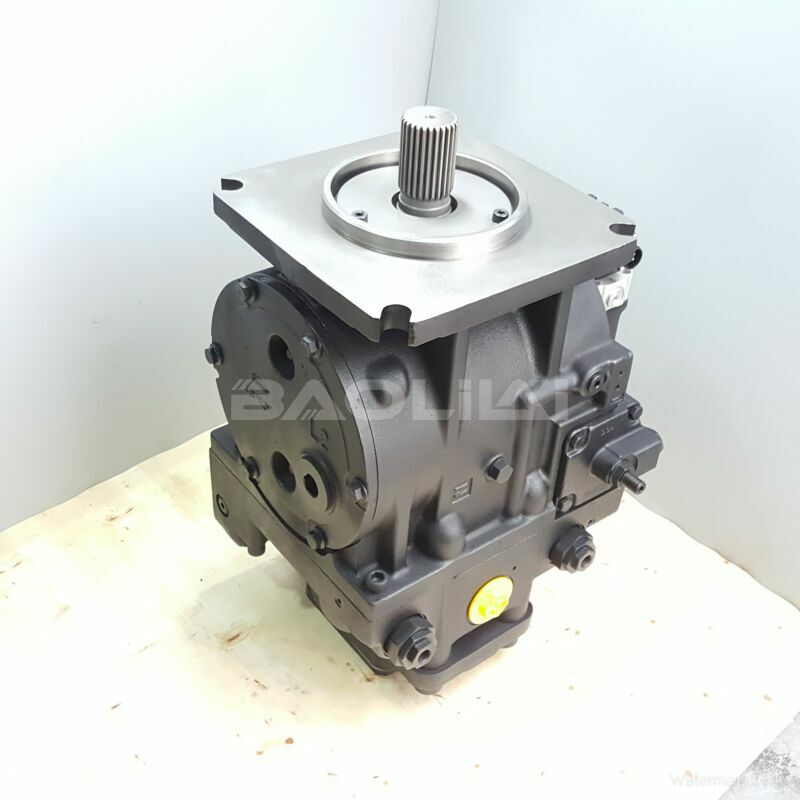90R180KA5EG80SCC8J06NNN363624 sauer danfoss pump
90R180KA5EG80SCC8J06NNN363624 sauer danfoss pump

- Product Details
- Applicable Scene
Plunger pumps are widely used in various industries due to their ability to generate high-pressure outputs necessary for moving fluids. However, understanding the pressure limits of these pumps and how to optimize their performance is crucial for ensuring efficiency and longevity. This article will explore the factors that influence the pressure limits of plunger pumps and provide insights on how to optimize their operation.
90-R-180-KA-5-EG-80-S-C-C8-J-06-NNN-36-36-24
90R180KA5EG80SCC8J06NNN363624
Plunger pumps work based on a simple mechanism where a plunger moves back and forth inside a cylinder, creating suction and discharge cycles. The pressure generated by the pump is directly related to the characteristics of the fluid being pumped, the pump design, and the operating conditions. One of the primary limitations of plunger pumps is the maximum pressure they can achieve without risking damage or failure.

80000219
Key factors affecting the pressure limits of plunger pumps include:
Material Construction: The materials used in the construction of the pump components, such as the plunger, cylinder, and seals, play a significant role in determining the maximum pressure the pump can handle. High-strength materials like hardened steel or specialized alloys can withstand higher pressures compared to standard materials.
Pump Design: The design of the plunger pump itself also affects its pressure capabilities. Features like the diameter of the plunger, the displacement volume, and the configuration of the pumping chamber can influence how effectively the pump generates pressure.
Fluid Characteristics: The viscosity, density, and temperature of the fluid being pumped affect not only the pressure limits but also the overall efficiency of the pump. Thicker fluids may cause increased strain on the pump, reducing its effective pressure range.
Operating Conditions: Factors such as speed, cycle rate, and the operational environment can also impact the pressure limits. Higher speeds can generate more pressure but may also lead to increased wear and tear, ultimately reducing the pump’s lifespan.





